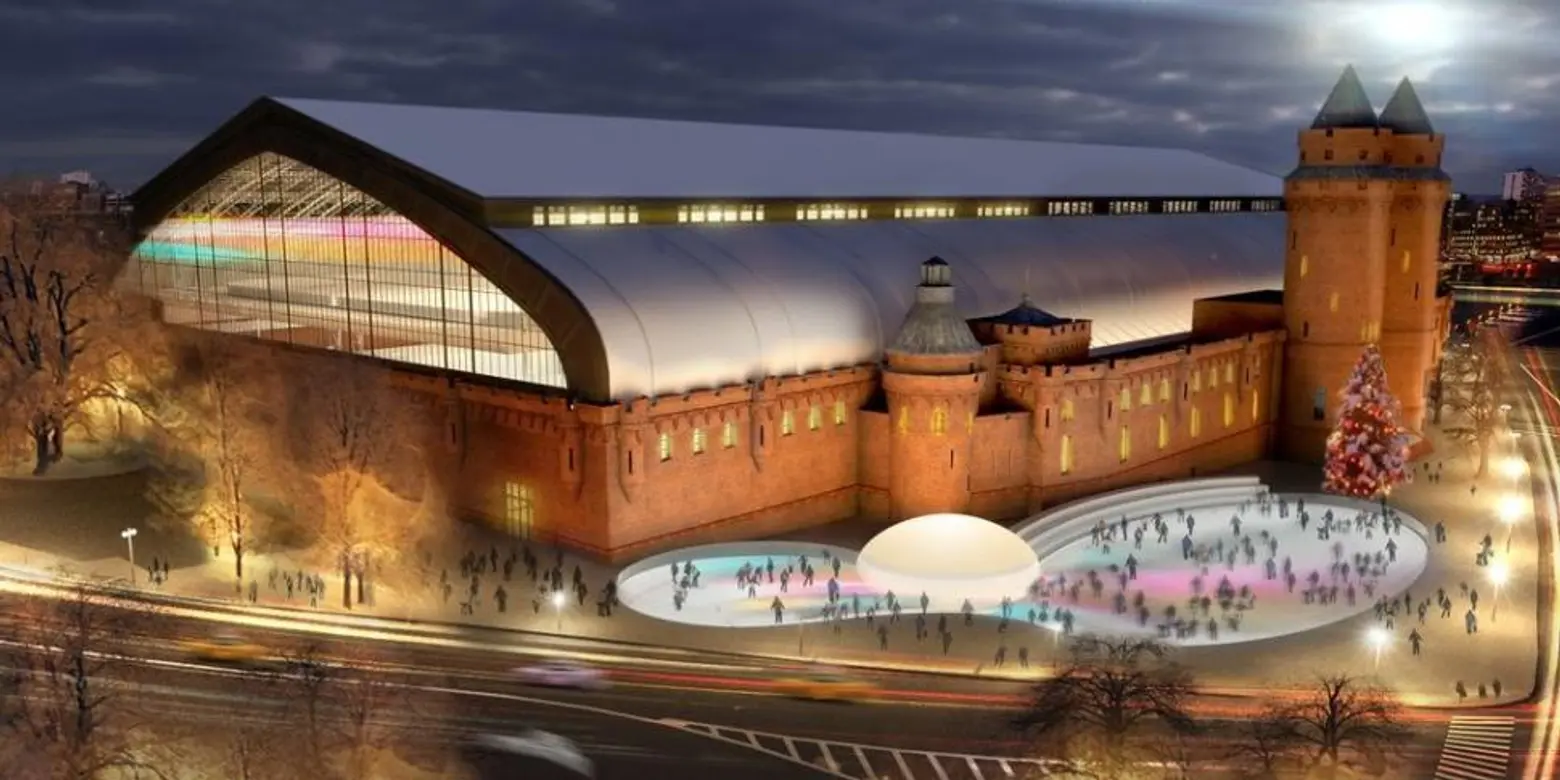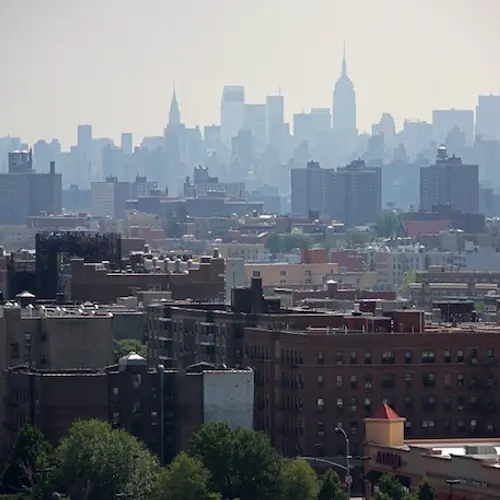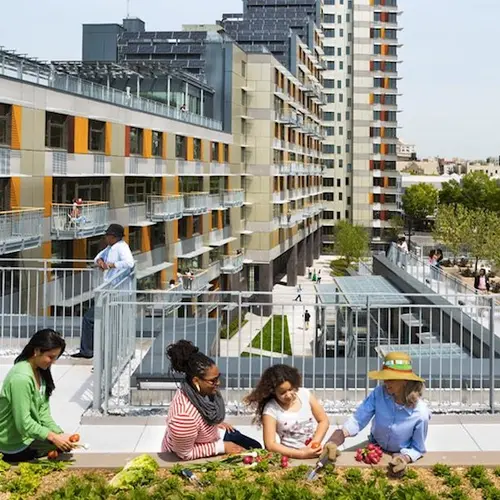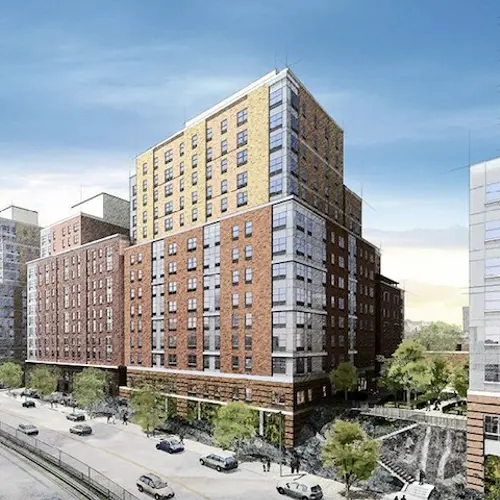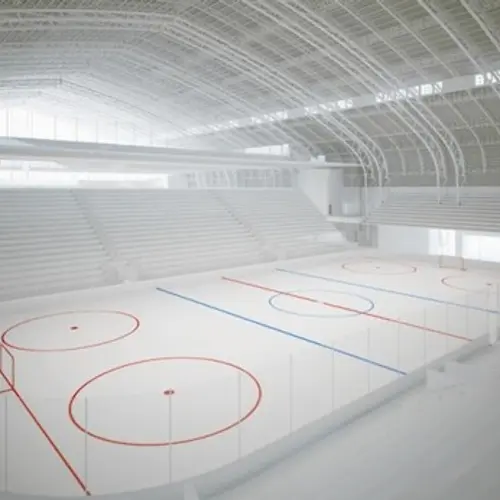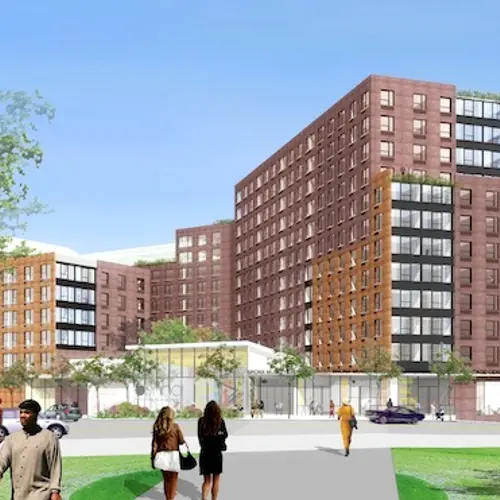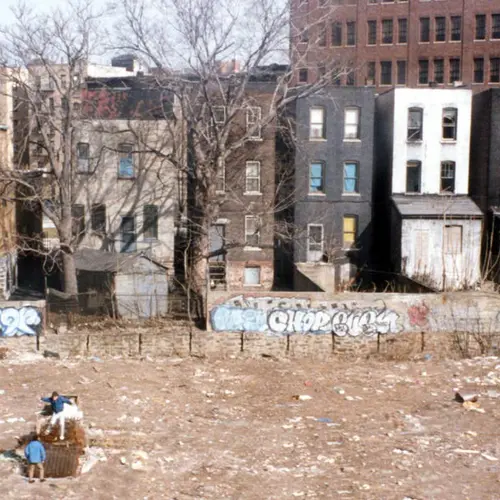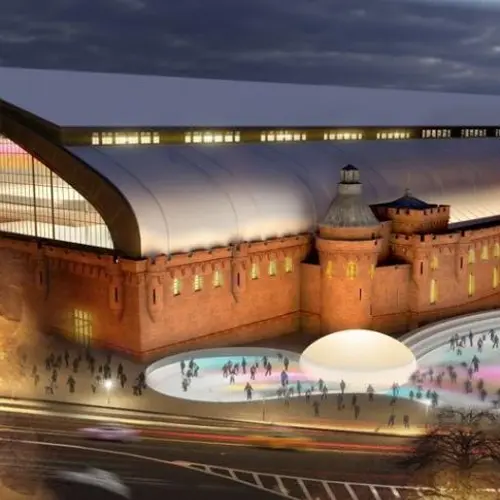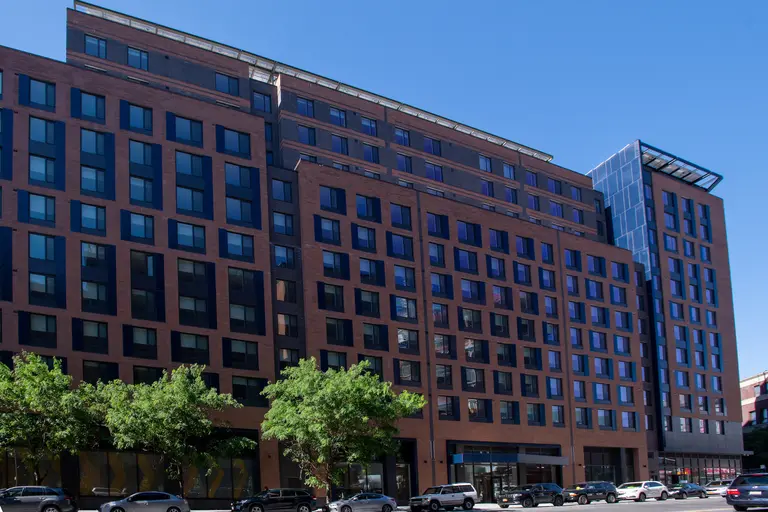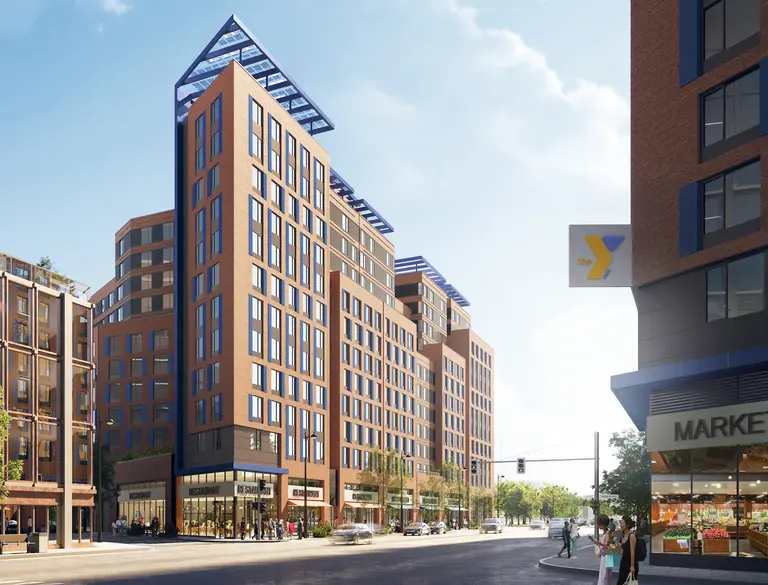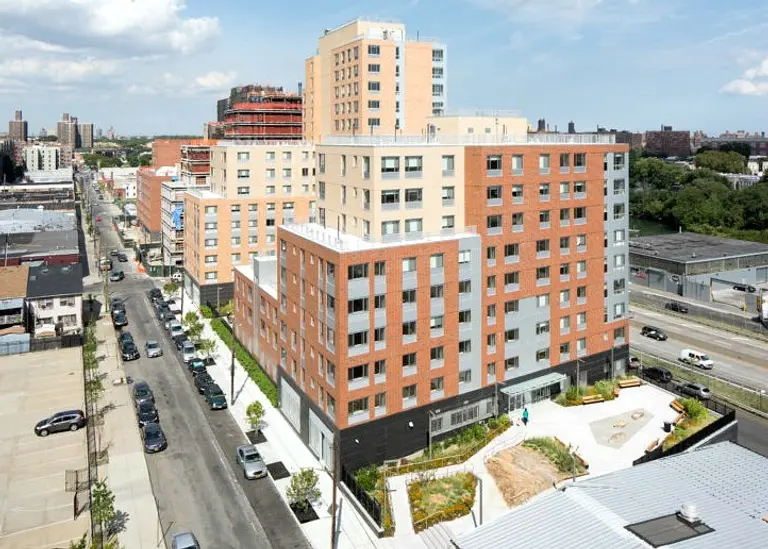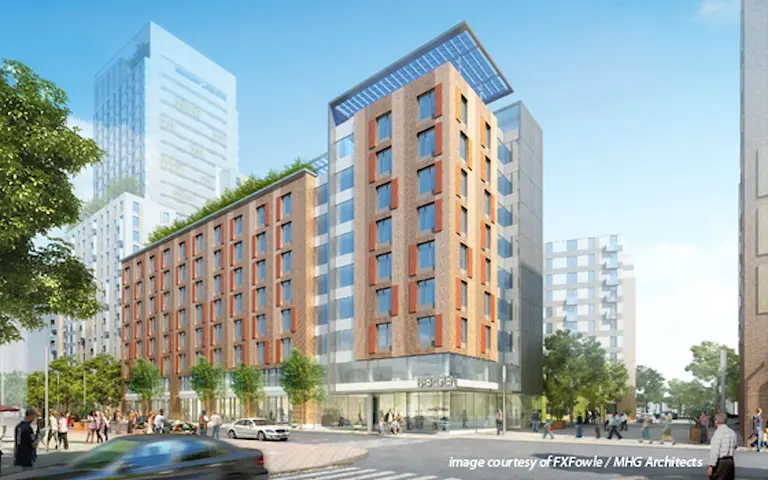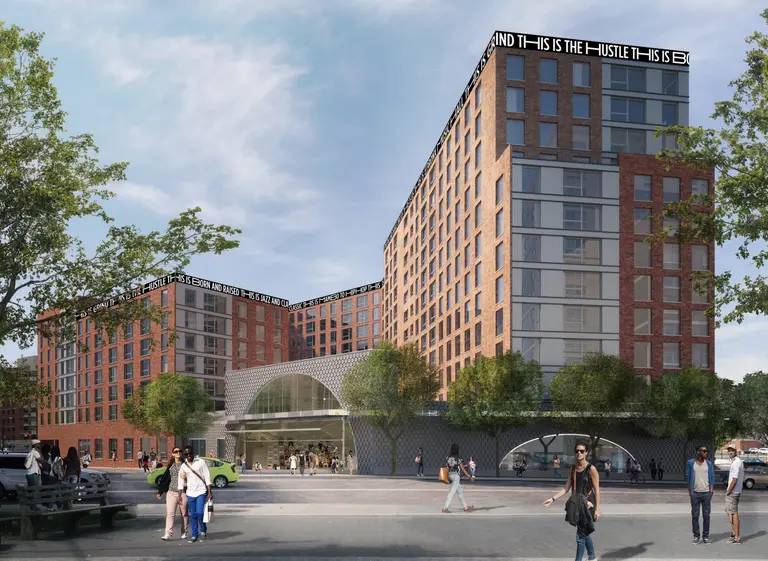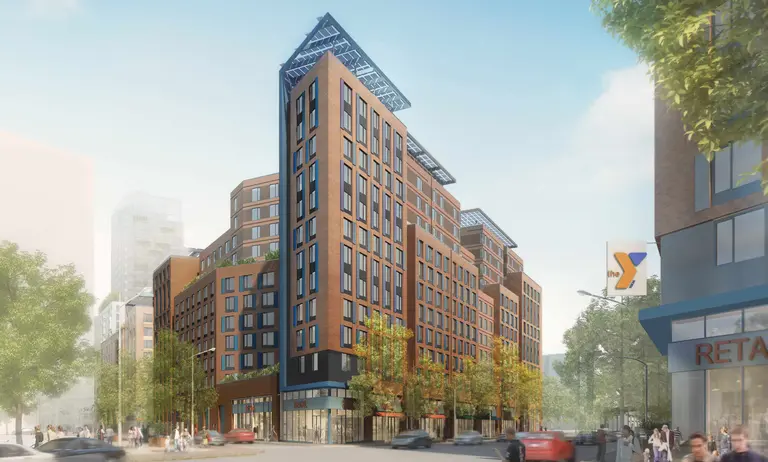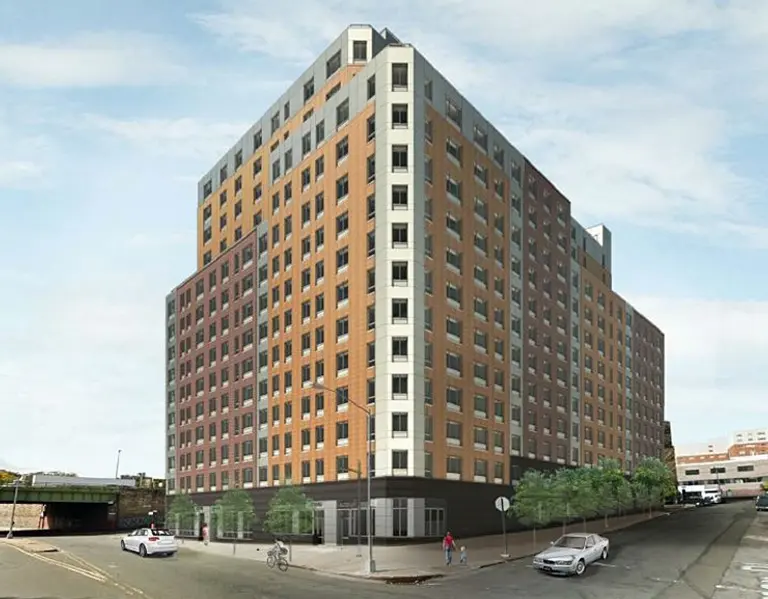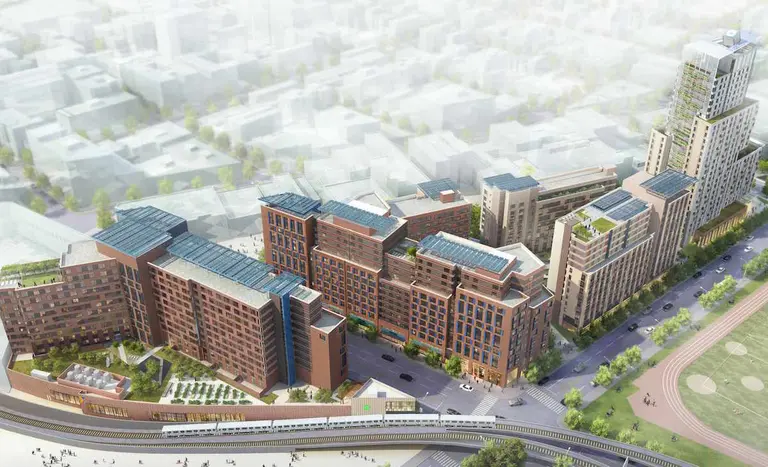Going Green and Curbing Gentrification: How the Bronx Is Doing It Differently

Image: View Grand Concourse via photopin (license)
“Ladies and gentlemen, the Bronx is burning.” The infamous phrase, uttered in a 1977 broadcast of a Bronx fire, has stuck in the mind of many New Yorkers even today. Indeed, the Bronx saw a sharp decline in population and quality of life in the late 1960s and 1970s, which culminated in a wave of arson. By the early 1980s, the South Bronx was considered one of the most blighted neighborhoods in the country, with a 60 percent decline in population and 40 percent decline of housing units.
Although revitalization picked up by the ’90s, the Bronx never quite took off like its outer-borough counterparts Brooklyn and Queens. While media hype, quickly rising prices and a rush of development has come to characterize those two boroughs, the Bronx has flourished more quietly. The borough, nevertheless, has become home to growth and development distinct from the rest of New York City. Innovative affordable housing, adaptive reuse projects, green development and strong community involvement are redefining the area. As Bronx Borough President Ruben Diaz Jr. said during this Municipal Arts Society discussion in 2014, this is “The New Bronx.”
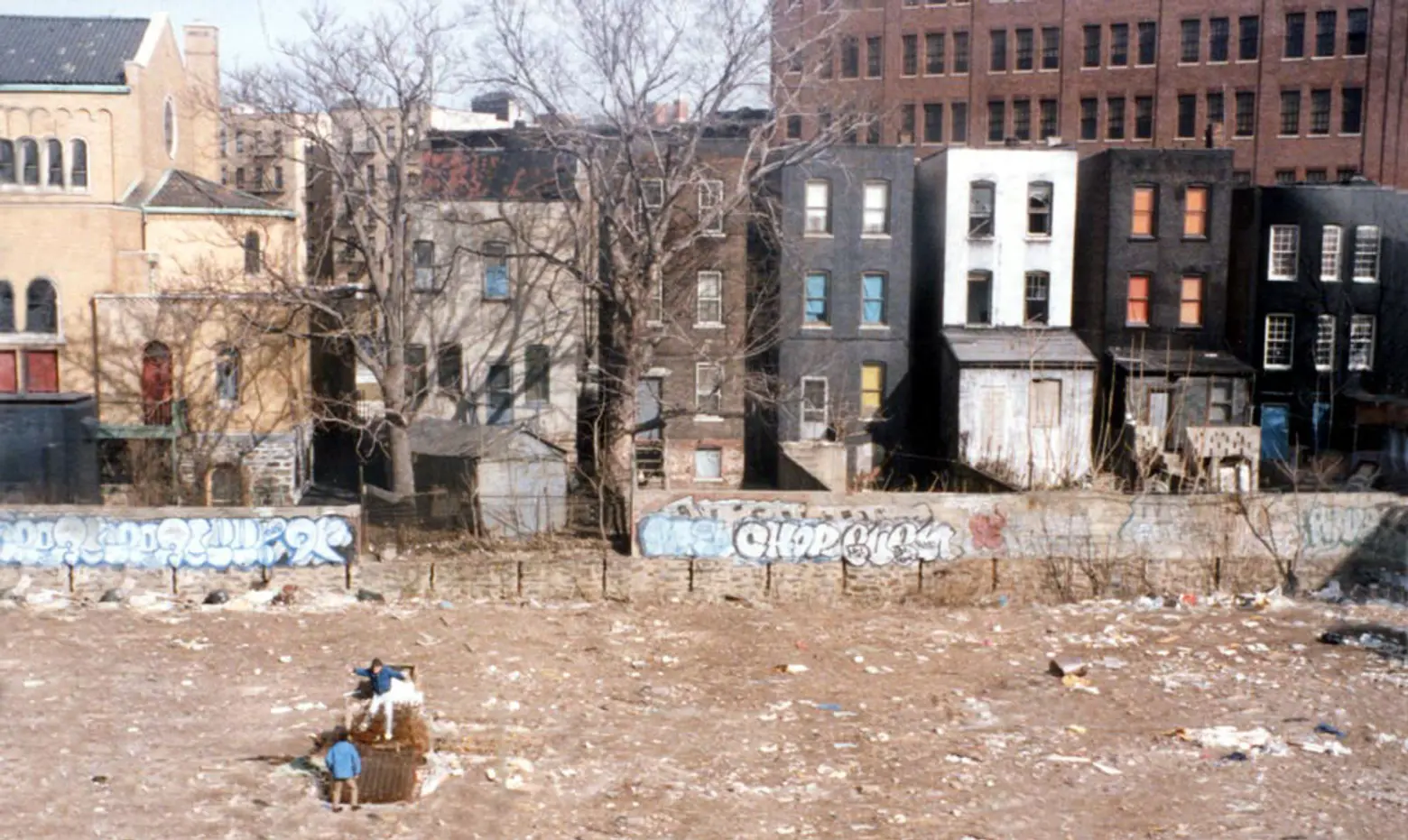 South Bronx in the late ’70s
South Bronx in the late ’70s
Affordable Housing
A wave of affordable housing development has particularly set the Bronx apart, especially in the midst of Mayor de Blasio’s initiative to build and preserve 200,000 affordable units over the next 10 years. The Via Verde, which opened in 2012, set the tone for innovative affordable design in the neighborhood. The idea behind this mixed-use project, which holds both affordable rentals and co-ops, was to promote healthy, green living. And so the development has a community garden and green rooftops for residents to harvest rainwater and grow fruits and vegetables. Other amenities include open air courtyards, a health education and wellness center operated by Montefiore Medical Center, health-oriented retail space, a fitness center, and bicycle storage areas. The LEED Gold building is also outfitted with an energy-efficient design, including cross ventilation, solar shading, planted green roofs, photovoltaic panels, high-efficiency mechanical systems and energy-conserving appliances.
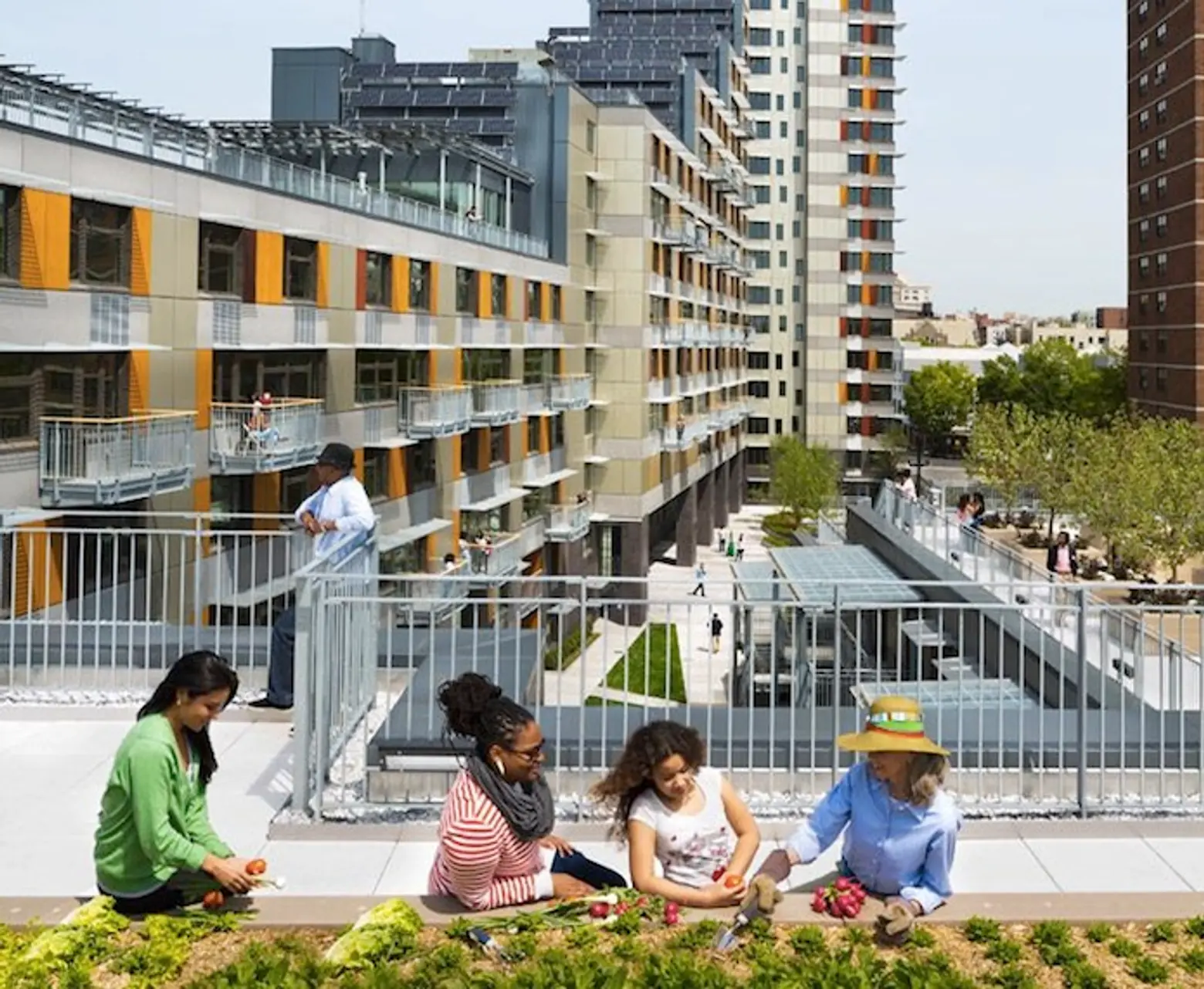 The green roof on Via Verde via viaverdenyc.com
The green roof on Via Verde via viaverdenyc.com
As New York Times architecture critic Michael Kimmelman said back in 2012, “The rebirth of the South Bronx isn’t news. But Via Verde is. And it makes as good an argument as any new building in the city for the cultural and civic value of architecture.”
Another mega project, La Central, aims to follow in the footsteps of Via Verde. This will be a multi-phase, mixed-use affordable development with 992 apartments, a 50,000 square foot YMCA, a public skate park and even a rooftop telescope. There will be a total of 30,000 square feet of community space and over 45,000 square feet of new retail space. Although construction isn’t expected to wrap until 2018 (or likely later), this project marks a major overhaul for the largest tract of city-owned vacant land in the southern part of the borough.
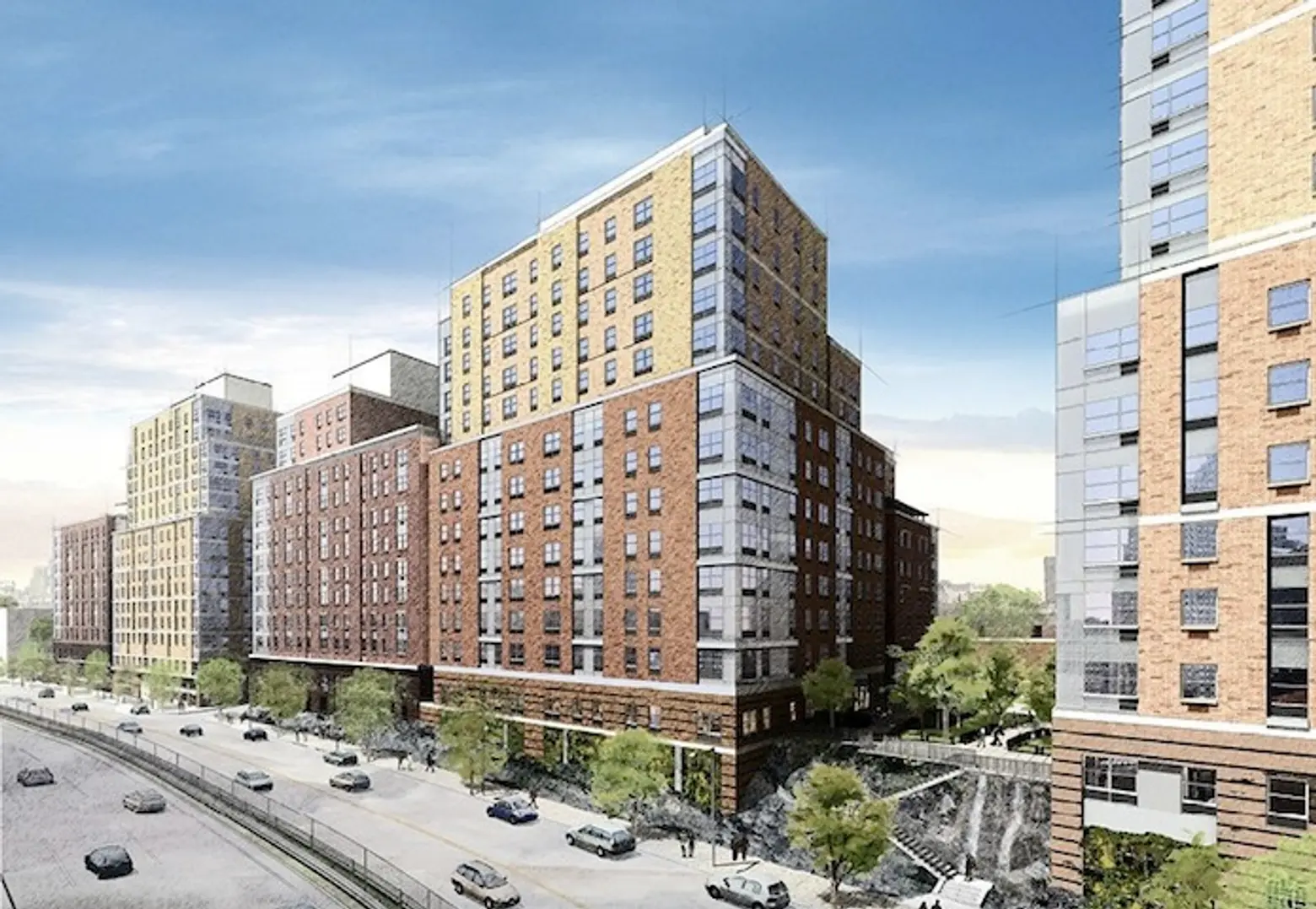 The West Farms redevelopment plan via Dattner Architects
The West Farms redevelopment plan via Dattner Architects
There’s also the West Farm Redevelopment Plan, an ambitious proposal to revitalize an underutilized manufacturing district into 11 blocks of affordable housing with retail and community facilities. Construction is now underway on Compass Residences, the first of 10 buildings. Compass will hold 237 affordable units and has also been designed with sustainability in mind.
Another big project, Bronx Commons, will be a 361,600 square foot mixed-use development holding affordable housing, the Bronx Music Heritage Center, a community performance and event space, a rooftop urban farm, retail space and rec space. The idea is for the development to serve as a local cultural destination and a site for artistic and performance events.
Other developments in the pipeline include a $90 million, 350,000-square-foot complex to be called Tremont Renaissance, located at East Tremont Avenue between Webster and Park avenues. Once built, it will hold 256 affordable units. A few blocks east there are plans for a $70 million, two-building complex that will hold 181 more affordable units. All told, there are hundreds of affordable units under construction in central Bronx alone. And there could be more—in March, the website City Limits identified dozens of sites eyed by Mayor de Blasio’s office for even more affordable development.
All of this new development is very much part of the plan set forth by Borough President Diaz. He has helped upzone a number of areas in the borough including the waterfront, the southern part of Grand Concourse, parts of Webster Avenue, River Avenue (across from Yankee Stadium), and more. The upzoning is taking place in under-utilized areas to avoid conflict with displacement and eminent domain—a struggle made very visible by the Atlantic Yards development in Brooklyn. He is promoting mixed-income housing with amenities that not only attract new residents but also serve existing residents. As he told Municipal Arts Society, “We don’t subscribe to the notion that gentrification has to be forcing out a community and bringing in a different community to the borough.”
Upzonings in Brooklyn and Long Island City have been criticized for hyperaccelerating gentrification and real estate prices. For Borough President Diaz, the process will heavily rely on the positive and negative outcomes of those previous outer borough rezonings. He pointed to the development of the new Yankee Stadium, which also ensured that the surrounding properties remained rent stabilized so existing residents would not be priced out.
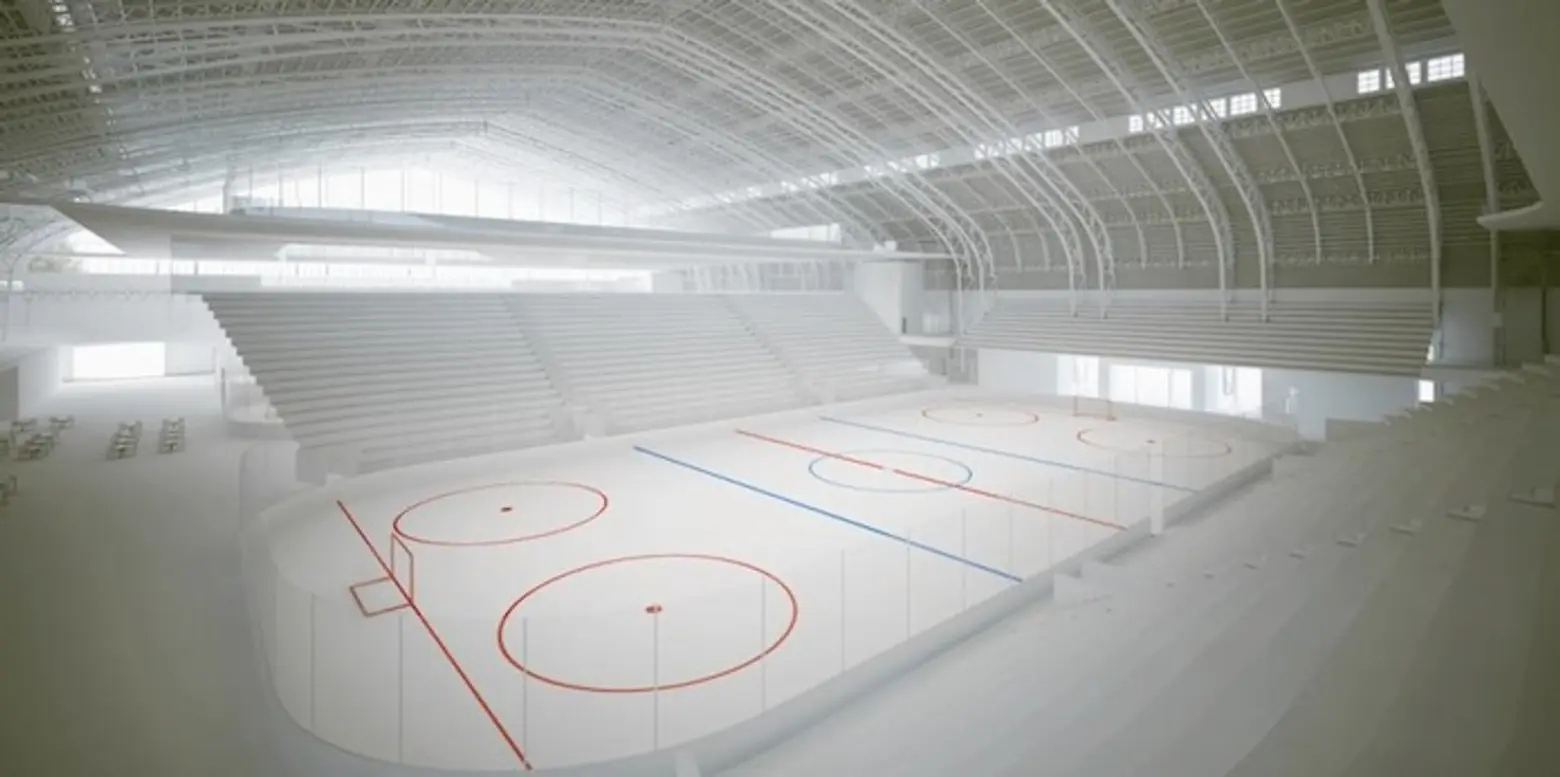 Renderings of the Kingsbridge National Ice Center via the New York City Mayor’s Office
Renderings of the Kingsbridge National Ice Center via the New York City Mayor’s Office
Adaptive Reuse
The Bronx isn’t just a testing ground for new development. There are many historic, beautiful buildings throughout the borough that are being reinvented. The biggest project in the cards right now is the Kingsbridge Armory, which is slated to become a $345 million ice-rink complex. (This will actually be the largest ice rink complex in the country.) Construction on the building, which has been vacant since 1996, is not expected to begin until 2016. Once open, developers have promised the community free ice time and are reserving 50,000 square feet in the renovated building for community use.
The historic Bronx General Post Office is also slated to reopen as a retail, office, and restaurant hub with the post office still remaining. The project calls for restorations on the exterior as well as the landmarked lobby, including its 13 gorgeous murals. And the former Bronx Opera House, a Beaux Arts building constructed in 1913, is now a hotel with the facade restored to its original 1913 design.
Community Involvement
None of this growth happened without serious community effort over a number of years. A number of grassroots neighborhood organizations have rallied in the Bronx to ensure development that responds to the needs to current residents. Indeed, the Via Verde housing development came to be after the developers approached the community and asked them what kind of housing they wanted in their neighborhood.
Organizations like South Bronx Unite fought tirelessly against Fresh Direct moving its headquarters to the neighborhood, arguing that the private company should not be able to use public land with no public benefit. The group also hosts environmental awareness events, free tree giveaways and more.
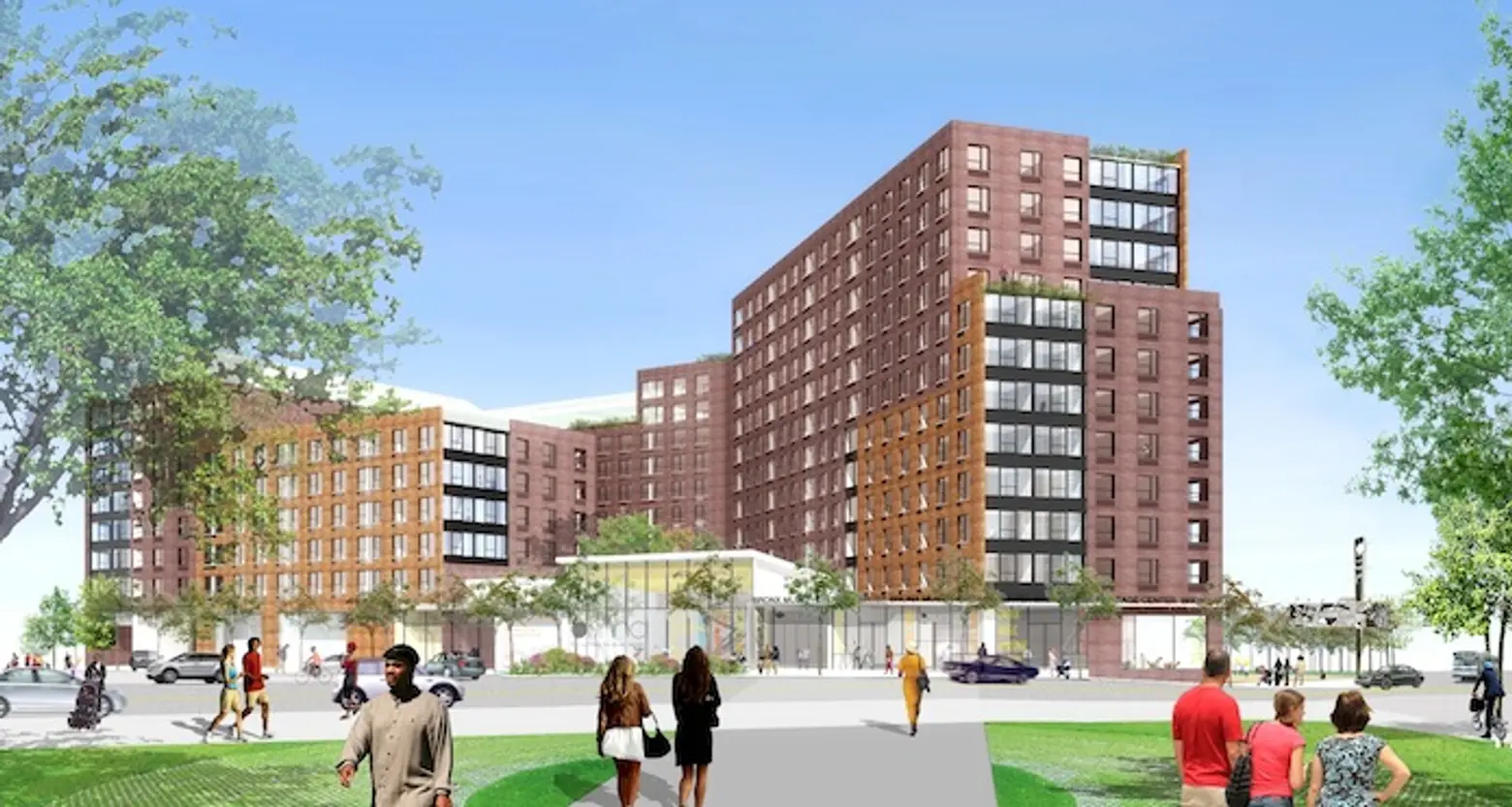 WHEDco’s development Bronx Commons via PCG
WHEDco’s development Bronx Commons via PCG
The community organization WHEDco (the Women’s Housing and Economic Development Corporation) is helping develop the ambitious affordable housing development Bronx Commons. The organization also converted the long-abandoned Morrisania Hospital into the Urban Horizons Economic Development Center with 132 affordable apartments, and helped develop Intervale Green, another affordable development in the Crotona East neighborhood.
The SEBCO (South East Bronx Community Organization) is considered a neighborhood trailblazer; the organization was formed in 1968 to fight the blight of Hunts Point. Since then, the organization has developed and constructed over 6,000 new or rehabilitated housing units in approximately 450 buildings throughout the South Bronx. The organization is also active in tenanting, community organizing and building management.
The Bronx is not a borough to be ignored. And as the pressure for affordable housing development in New York heats up, it will be impossible not to pay attention. These unique, affordable developments, alongside adaptive reuse that includes new community amenities and facilities, are making for an exciting future. The burning of the Bronx is a long-distant memory—the innovative building of the borough is what distinguishes it today.
RELATED:
- Seven Cool Things You Probably Didn’t Know About NYC’s Northernmost Borough
- Could Spofford Juvenile Center in Hunts Point Become Mixed-Income Housing? Majora Carter Thinks So.
- New Yorker Spotlight: Drag Queen Coco Peru Reminisces About Her Hometown of City Island in the Bronx
- INTERVIEW: Melinda Hunt Memorializes the Unclaimed New Yorkers Buried on Hart Island
